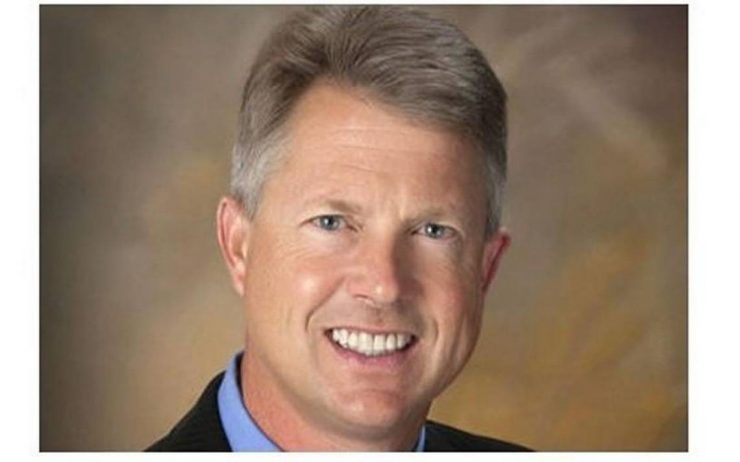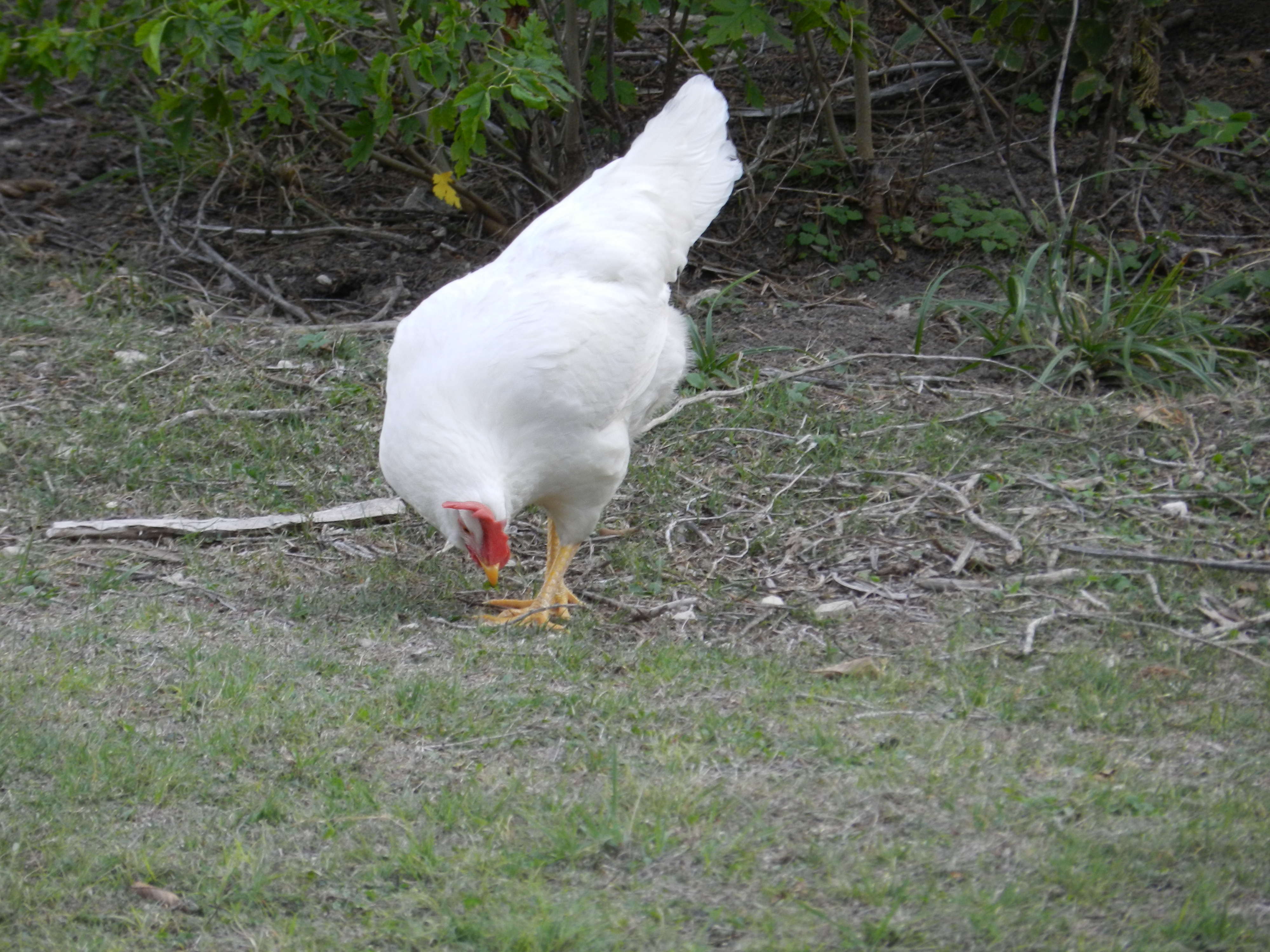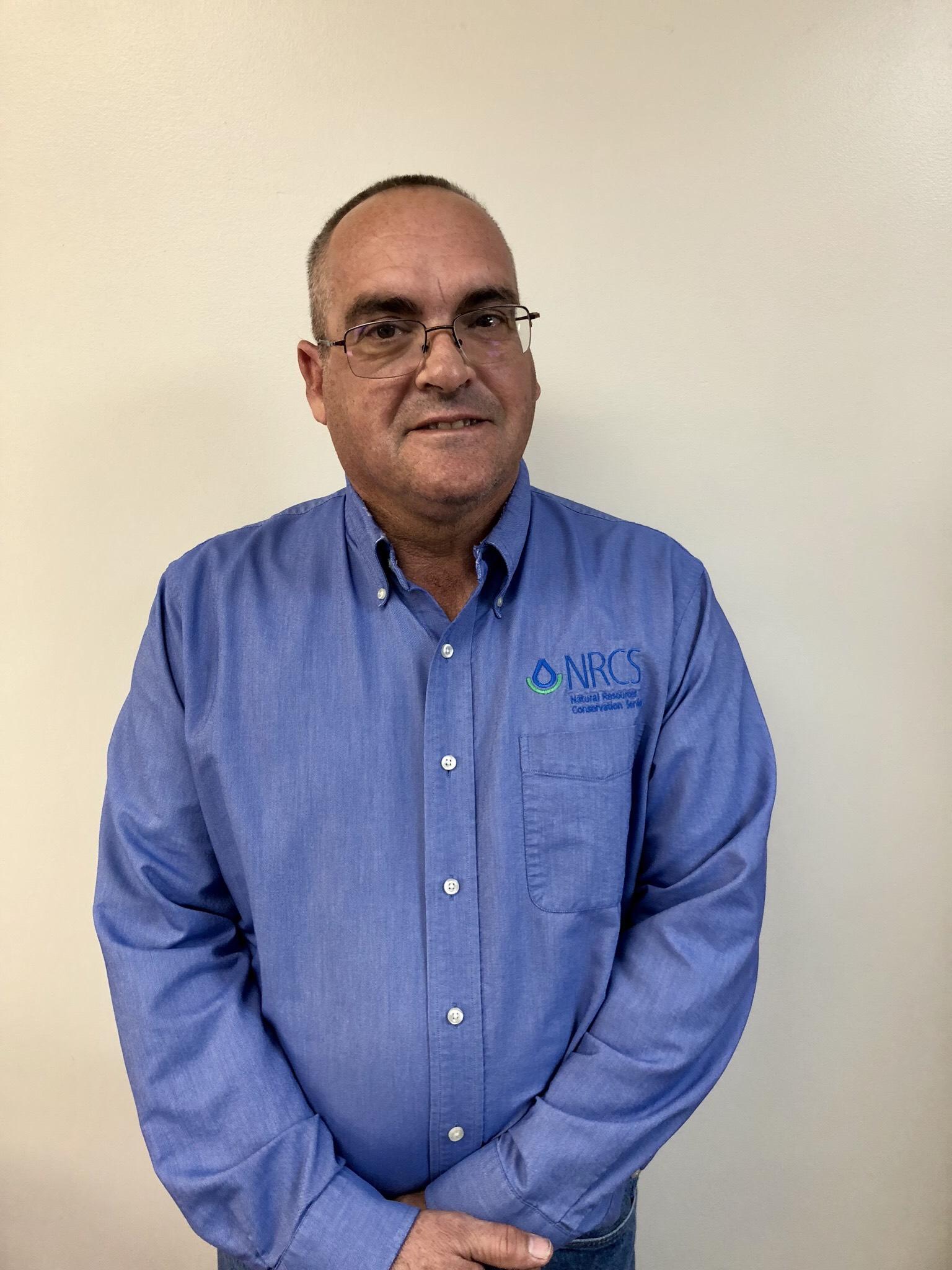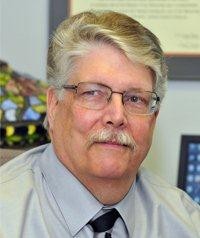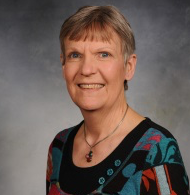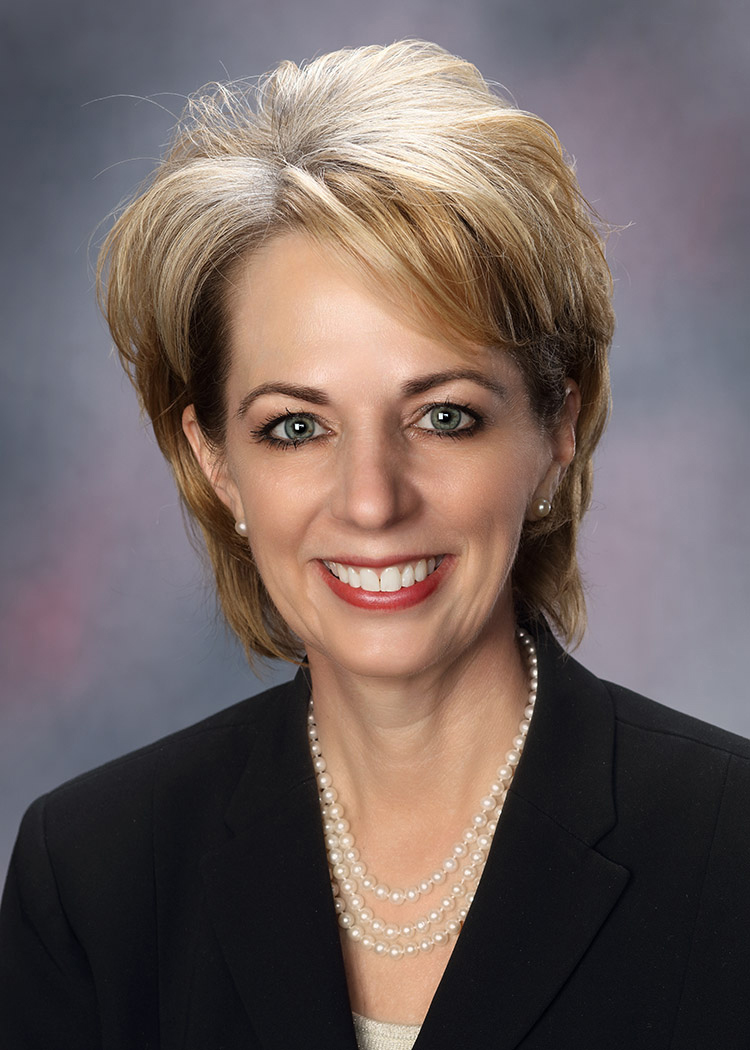
Friends,
Lat week I called on my colleagues to deliver a comprehensive solution to our nation’s immigration system. We must end the sluggish pace at which we are addressing border security and immigration in Congress.
I also am working very hard behind the scenes to repair our trade deals. I met with both the Mexican and Cuban Ambassadors to continue to advocate for new and better trade relationships. As both self-imposed and retaliatory tariffs continue to weigh on our producers and manufacturers I want you to know I am working tirelessly on trade. Our President has promised to deliver new and better agreements, I will continue my work to ensure we achieve those.
In other news, we saw a touching story out of Salina, Kansas where a WWII vet’s family was reunited with their fallen soldier’s wartime memorabilia after more than 70 years. I’m so proud of my staff that worked hard to track down the family.

Kansas sees *pet*ential in this growing industry
I recently visited the Simmons Pet Food factory in Emporia and quickly learned how Kansas is not just a leading provider of food for Americans, but for domesticated animals as well. Simmons Feed Ingredients boasts an innovative array of proprietary animal nutrition products, serving customers in all 50 states and more than 40 countries around the world.
The reason I visit great companies such as Simmons Pet Food is because of the value they bring to our Kansas communities. Being the home to not just one but three leaders in the pet food manufacturing industry means reliable jobs for families in the area. Simmons employs more than 600 people, and recently announced a $38 million expansion to the Emporia facility.
We discussed the negative impact the steel and aluminum tariffs are having on their business, as their pet food is distributed in cans made of these materials. I have called for the Commerce Department to target bad actors in their steel efforts, not allies who supply steel and aluminum that Kansas manufacturers so desperately need.
We got the BEEF!
 Kansans do the best job of telling their stories. That’s why it is always a pleasure to have folks in D.C. that take the time to come by our office. Last week attendees of the National Cattlemen’s Beef Association Young Cattlemen’s Conference spoke on several key issues that we have partnered on to support our state’s beef industry. Stability in trade markets, livestock transportation regulations that take consider animal welfare and the 2018 Farm Bill were items that topped their list. I’m proud to have been a vocal supporter of each of these. Kansas’ First District leads the nation in cattle sales each year, demonstrating the importance of this industry to our state’s economy.
Kansans do the best job of telling their stories. That’s why it is always a pleasure to have folks in D.C. that take the time to come by our office. Last week attendees of the National Cattlemen’s Beef Association Young Cattlemen’s Conference spoke on several key issues that we have partnered on to support our state’s beef industry. Stability in trade markets, livestock transportation regulations that take consider animal welfare and the 2018 Farm Bill were items that topped their list. I’m proud to have been a vocal supporter of each of these. Kansas’ First District leads the nation in cattle sales each year, demonstrating the importance of this industry to our state’s economy.
Small Business Committee looks at barriers for veteran-owned businesses
In recent years the VA has adopted rules and policies that increase barriers for veteran-owned small businesses, adding additional requirements that can delay or prevent these small business owners from contracting with the VA. Thursday, the Small Business Subcommittee on Investigations, Oversight, and Regulations discussed the senseless road blocks imposed on our nation’s veterans.
I appreciate the Committee taking a look at such an important issue, and I look forward to continuing discussions as to how best help our veterans transition back to civilian life.
 KS, AR, MN lead trade talks with Cuba Ambassador
KS, AR, MN lead trade talks with Cuba Ambassador
I joined Senator John Boozman, Representatives Rick Crawford, Tom Emmer, and the Cuban Ambassador to the United States, José Cabañas, in a roundtable discussing the benefits of opening markets between Cuba and the United States. The panel mainly focused on strengthening agricultural trade between the two countries.
Improving our relationship with Cuba could lead to a stronger agricultural economy in our country. With farmers concerned about access to international markets a $2 billion potential market remains largely untouched just over the horizon in Cuba. I took time to emphasize the importance of opening more markets to export wheat and other commodities from our state and nation. Our Kansas farmers need access to opportunities to increase commodity prices. Because of Cuba’s proximity, U.S. wheat, corn, sorghum and other exports to the island have a solid advantage over competitors both in shipping costs and delivery times. If the U.S. was able to sell its goods to Cuba, Kansas could top $55 million in new sales, with a 25 percent increase in wheat sales.
Enough is enough.
I took to the House floor to address our broken immigration system. It is imperative that immigration reform provides a work visa for guest workers so that our state can continue to be an agricultural powerhouse. Working with former chairman of the House Agriculture Committee, Bob Goodlatte, such a program was developed and introduced in the Ag Act which I am proud to cosponsor. The program would replace the outdated, seasonal-only, H-2A visas with new H-2C’s for our dairy and feedlot industries. H-2C’s are much more efficient and are particularly important for our state’s livestock industry.
Later in the week we met as a Republican conference to further discuss an immigration bill, which would PRE-fund border security, so as to avoid repeating past mistakes. With members are still negotiating the details, we agreed that the remaining policies should closely follow the “four pillars” laid out by President Trump in his State of the Union speech. These pillars include securing the border, legal status for children brought here by their parents at a young age, the ending of the visa lottery, and limits to chain migration.
The brokenness of our immigration system and border security is on full display. Last month the Department of Homeland Security apprehended 50,000 people crossing illegally. I am looking forward to what we expect will be several votes on immigration in the House and keeping my promises to the people of the first district. This reform is crucial to our economy, our security, and our future!
 WWII Veteran finds dog tags of Fallen Beloit soldier
WWII Veteran finds dog tags of Fallen Beloit soldier
Military veterans and their stories are a topic particularly close to my heart, which is why a recent story that has taken root in our district regarding a Kansas-born WWII war hero is so touching.
In February, our office fielded a call from a friend of 1st Lieutenant James Garberg, a WWII vet from Minneapolis, Minn. While going through his war time memorabilia Mr. Garberg found the dog tags of one of his soldiers, Ernest Childers Jr. from Beloit, Kan. Mr. Garberg and Mr. Childers, Jr. were part of the 32nd infantry regiment that retook Attu Island back from the Japanese in 1943. Lt. Garberg had carried Childers from the battleground after he suffered injuries that he later died from.
When Lt. Garberg’s friend, Lt Col. (Ret.) Mike DePuglio, contacted the office for help with finding Childers’ next of kin or any living descendants to return the tags to, we were glad to help. After a search, our caseworker found the fallen soldier’s nephew who was overwhelmed with emotions by the news of his uncle’s Lieutenant finding and returning the dog tags.
Friday, June 8 in our Salina District Office, Ernest Childers accepted the dog tags, marking the first time these tags have been in the possession of a member of the Childers family in over 70 years. What an incredible honor it is to have witnessed this story unfold firsthand over the course of the week!
Kansas Opportunity Zones
On the House floor I discussed one specific aspect of the Tax Cuts and Jobs Act Federal Opportunity Zones, which are designed to promote economic development and job creation in communities throughout our country. The Treasury Department recently selected 29 opportunity zones in 17 different counties across the 1st District of Kansas. When a tract is deemed an opportunity zone, it allows taxpayers to defer capital gains tax if they invest in prioritized local projects. This is a win-win scenario for both businesses and communities that will spur growth and expansion.
